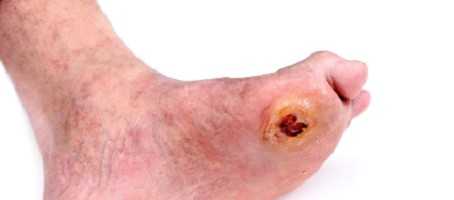Factors have been identified by researchers which can predict the success of limb salvage surgery for people with diabetes.
Limb salvage surgery
Limb salvage surgery in the feet of people with diabetes aims to preserve the limb, but also prevent reamputation.
A study conducted between April 2004 and July 2013 by Jang Hyun Lee, Seung Bae Jeon and Matthew Seung Choi evaluated 154 patients with distal diabetic foot gangrene who underwent limb salvage surgery.
The patients were divided into two groups, the first being patients with primary success of salvaging the limb, and patients that did not heal after the surgery.
The survival rate over five years was 81.6 per cent for the patients who had successfully had their limb salvaged, and 36.4 per cent for the limb salvage failure group.
The scientists analysed that several factors had an association with whether limb salvage surgery would be successful.
These included limited activity before surgery, underlying renal disease, a high C-reactive protein level, high white blood cell count and damage to vessels on a preoperative CT (computed tomography) angiogram.
The scientists, whose results were published in BMC surgery, concluded these factors could predict successful limb salvage surgery and assist in establishing amputation levels for diabetic patients, as well as prevent consecutive operations.
What's new on the forum? ⭐️
Get our free newsletters
Stay up to date with the latest news, research and breakthroughs.





